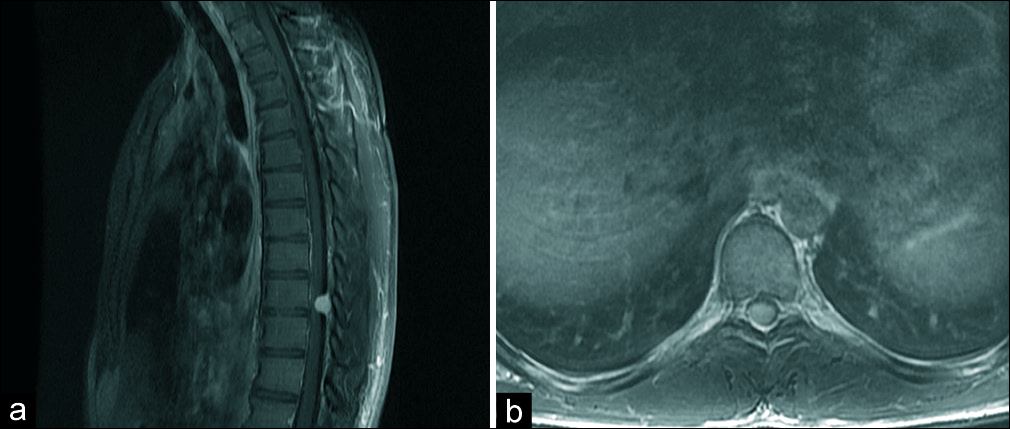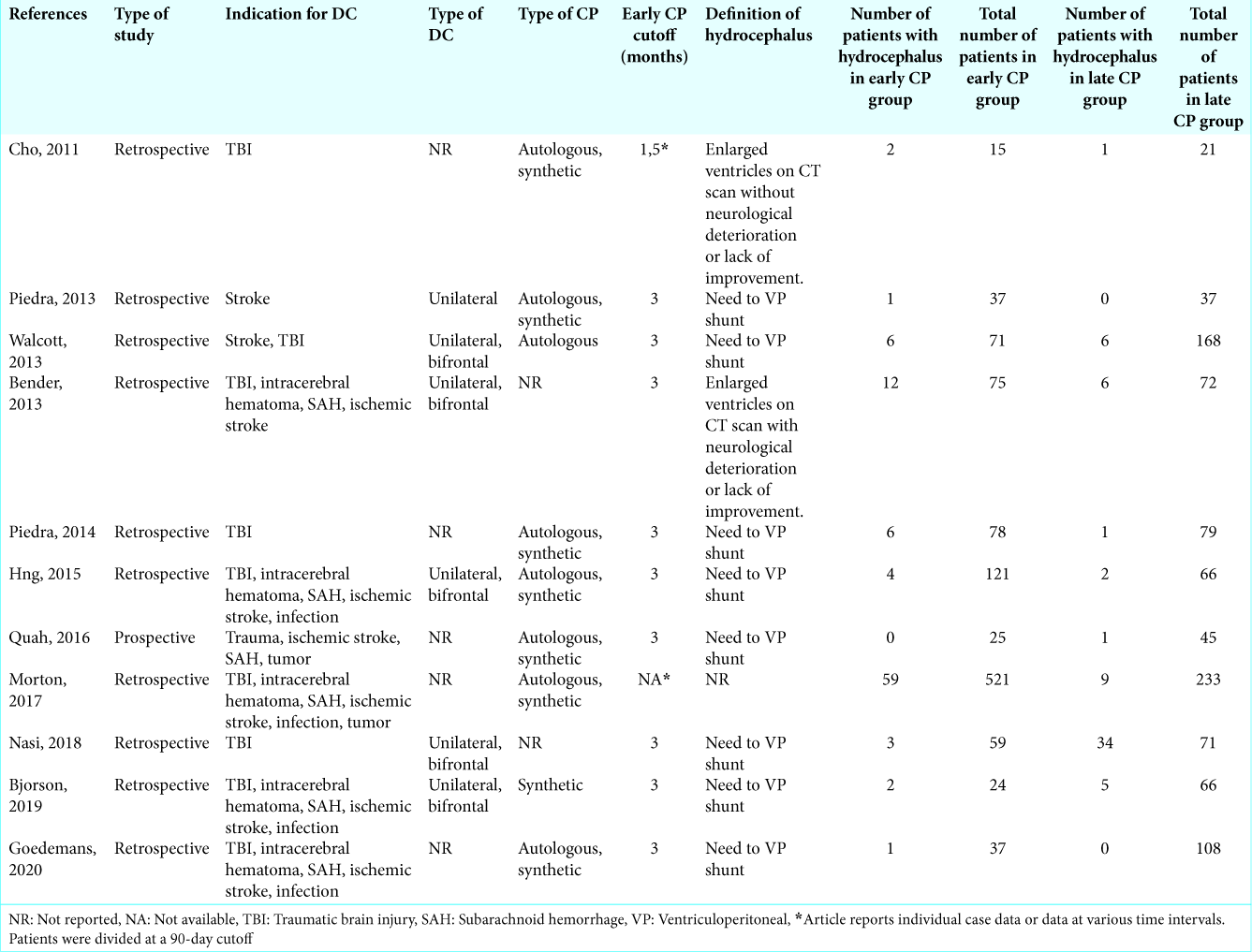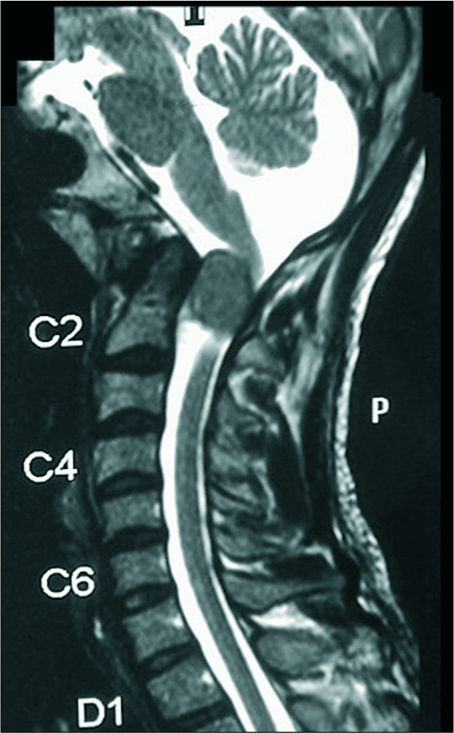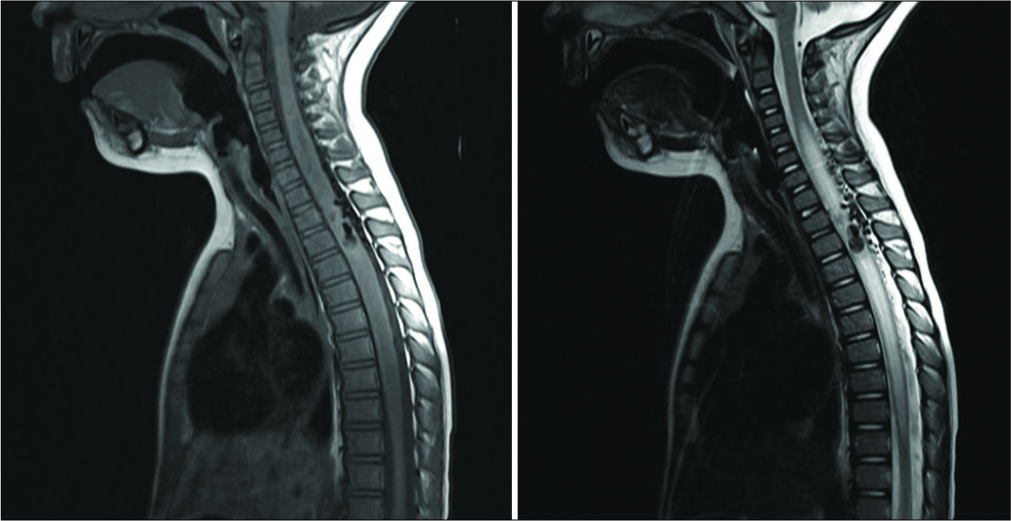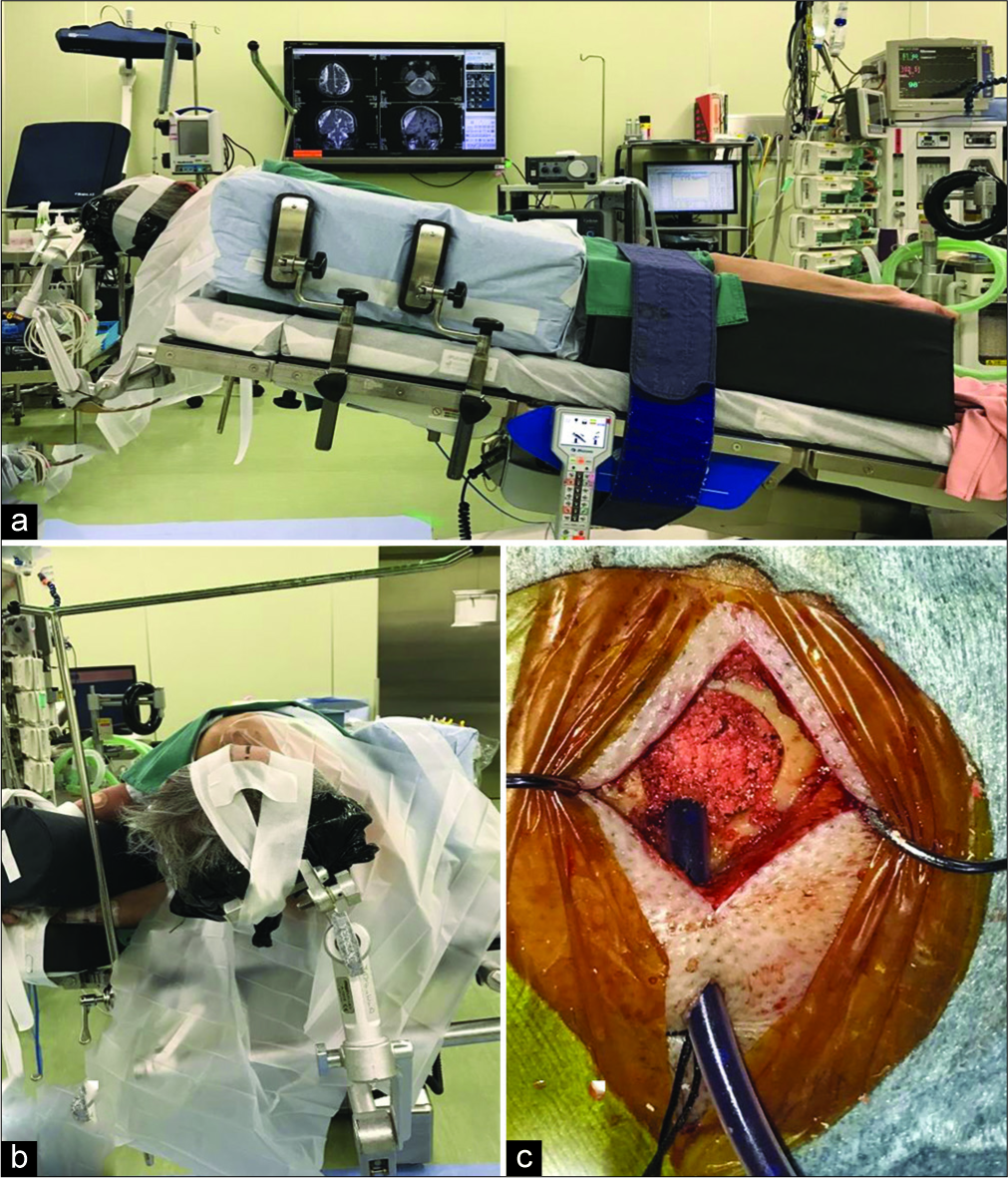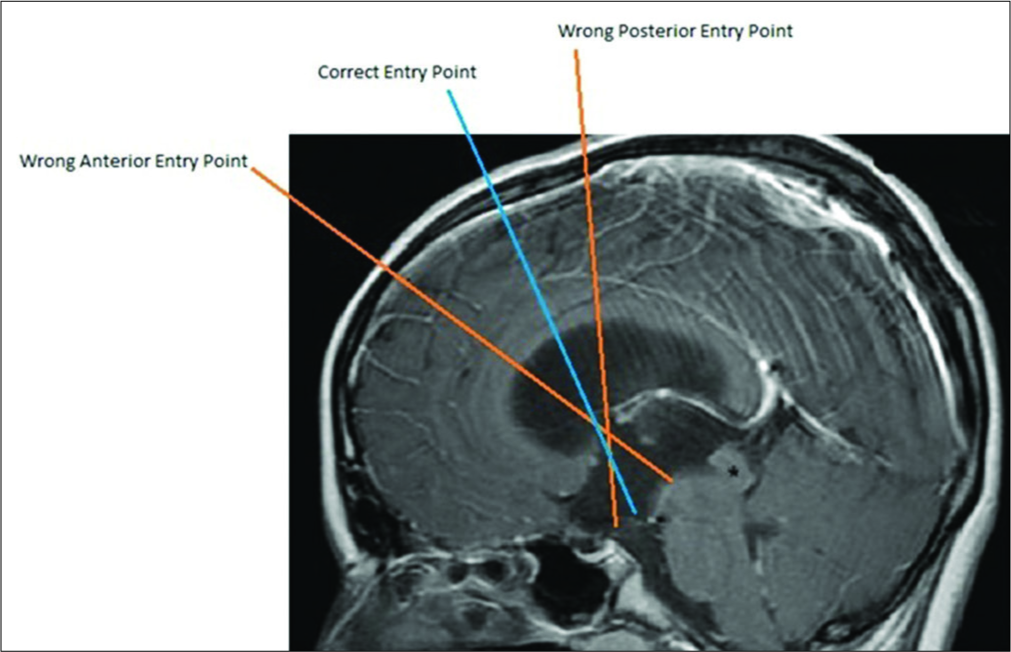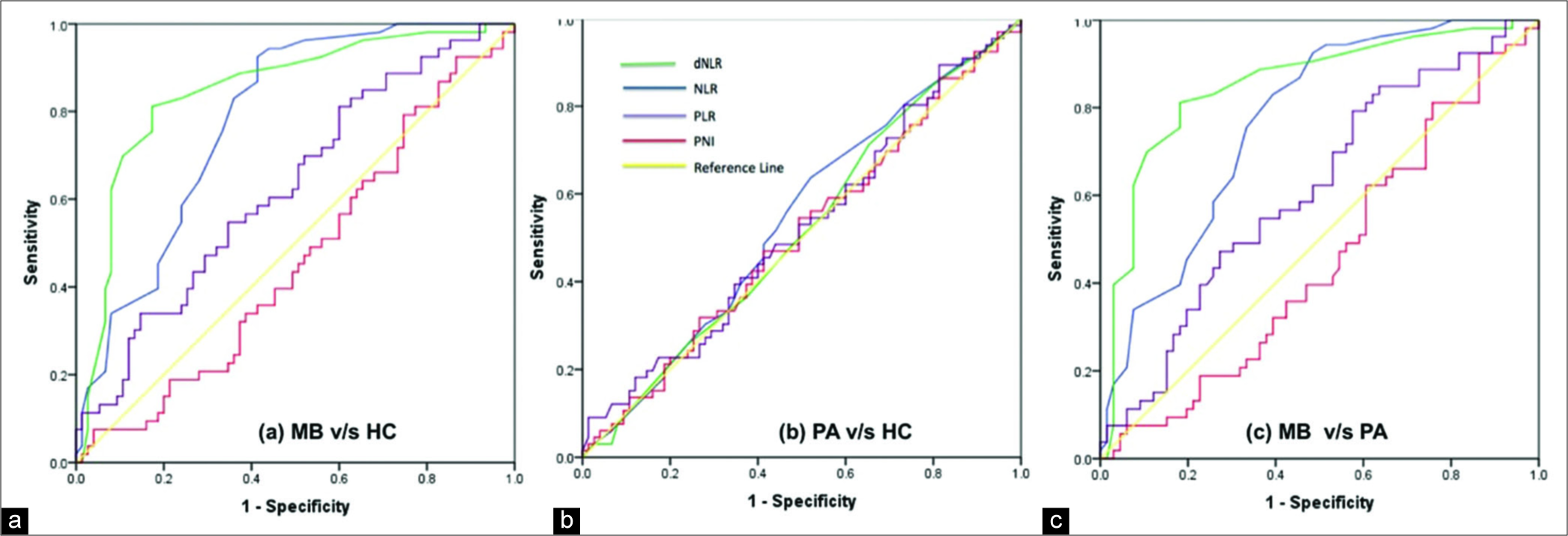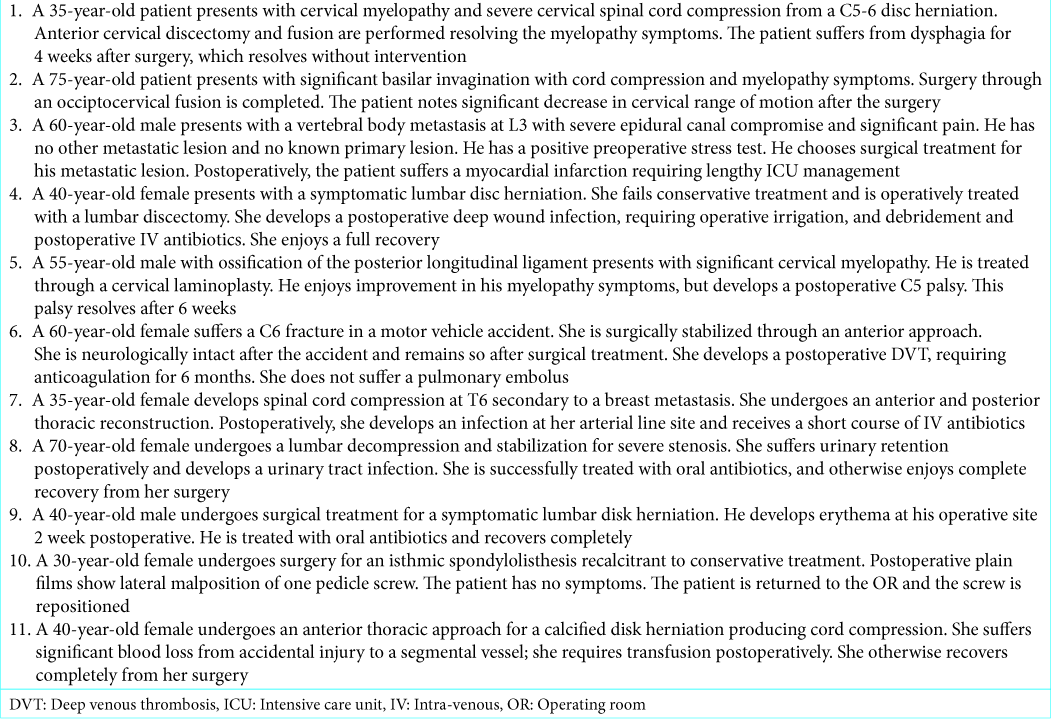Intraspinal mesenchymal chondrosarcoma: An argument for aggressive local resection and adjuvant therapy based on review of the literature
Date of publication: 02-May-2020
Background: Mesenchymal chondrosarcoma is a rare cartilaginous neoplasm that typically involves the axial skeleton. Despite a well-circumscribed appearance, this tumor has a tendency to recur both locally and with distant metastases.
Can early cranioplasty reduce the incidence of hydrocephalus after decompressive craniectomy? A meta-analysis
Date of publication: 02-May-2020
Background: Do alterations of cerebrospinal fluid dynamics secondary to decompressive craniectomy (DC) lead to hydrocephalus, and can this effect be mitigated by early cranioplasty (CP)? In this meta-analysis, we evaluated whether the timing of CP decreased the incidence of postoperative hydrocephalus.
External syringomyelia in longstanding benign foramen magnum tumors
Date of publication: 02-May-2020
Background: The effect of benign foramen magnum tumours on cranial and spinal dimensions and cerebrospinal fluid (CSF) spaces is unclear. In this study, we measured alterations in cerebrospinal fluid (CSF) spaces in the spinal canal and in the posterior cranial fossa distant from the site of benign foramen magnum tumors.
Management of spinal dural arteriovenous fistula in a child with myelopathy
Date of publication: 02-May-2020
Background: Spinal dural arteriovenous fistulas (DAVF) are rare intradural spinal lesions. Patients with DAVF are typically in the 40’s or 50’s, and classically present with acute neurological deterioration. Notably, these lesions are exceedingly rare in the pediatric age group.
Burr hole drainage without irrigation for chronic subdural hematoma
Date of publication: 02-May-2020
Background: Chronic subdural hematoma (CSDH) is one of the most common neurosurgical conditions, with different strategies for treatment. Most recent trials favor the use of drainage to reduce the recurrence rate. However, few reports have discussed the efficacy of burr hole drainage without irrigation for treating CSDH. This study aimed to examine the efficacy of burr hole drainage without irrigation in a series of 385 symptomatic CSDH lesions.
Implication of image guidance in endoscopic third ventriculostomy: Technical note
Date of publication: 02-May-2020
Background: Endoscopic third ventriculostomy (ETV) is an advanced surgical procedure and plays a major role in the management of hydrocephalus. The complications associated with this procedure are grave and unforgiving. Image guidance system (IGS) can help reduce these complications. This technical note describes the technique for utilizing image guidance in carrying out ETV with safety and efficacy.
Is medulloblastoma associated with systemic immunomodulation? – A comparative analysis of preoperative inflammatory markers
Date of publication: 02-May-2020
Background: We attempt to compare preoperative inflammatory markers among children with medulloblastoma and pilocytic astrocytoma and establish their diagnostic efficacy to distinguish these tumors.
Optic nerve sheath meningioma endoscopic endonasal surgical management
Date of publication: 02-May-2020
Background: Meningiomas of the optic sheath have been traditionally treated with radiotherapy, among other reasons, because of the poor results in terms of visual preservation of the open surgical approaches.
Endoscopic transnasal resection of an anterior planum sphenoidale meningioma
Date of publication: 02-May-2020
Background: Planum sphenoidale meningiomas comprise about 2% of all primary intracranial tumors. More often, they carry a significant surgical challenge due to their relation to the surrounding vital neurovascular structures. Endoscopic endonasal approach to such tumors holds multiple advantages to the transcranial counterpart in terms of coagulating the vascular supply, minimal brain retraction, and the ability to fully expose the tumor with the affected dura.
Perception of complications by spine surgeons
Date of publication: 02-May-2020
Background: The perception of major versus minor complications may vary according to surgeons, institutions, and different specialties. Here, we analyzed the geographic distribution of the different types/severities of the most frequent complications in spinal surgery, and assessed how the perception of spine surgeons about postoperative complications differed.


